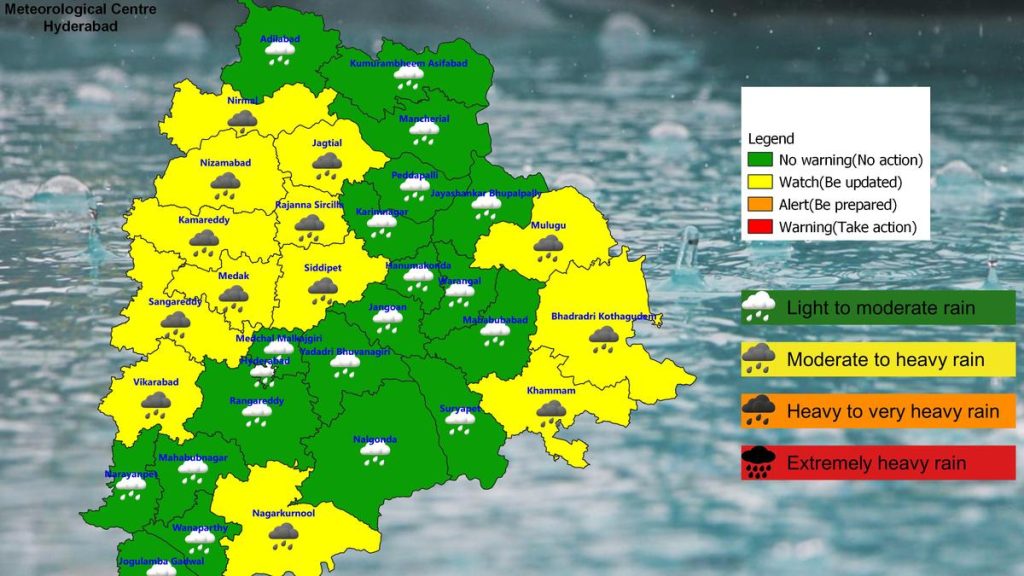Now Reading: Earliest Black Hole Paints Home Galaxy in Striking Red Hue
-
01
Earliest Black Hole Paints Home Galaxy in Striking Red Hue
Earliest Black Hole Paints Home Galaxy in Striking Red Hue
Quick Summary
- Scientists have discovered the Universe’s earliest black hole, located in a galaxy named CAPERS-LRD-z9 from 500 million years after the Big bang.
- This supermassive black hole is highly notable for its brightness, massive size (300 times larger than our Sun), and distinctive red color caused by surrounding gas influencing light wavelengths.
- The discovery was facilitated by the James Webb Space Telescope’s CAPERS program using spectroscopy techniques to analyze distant celestial objects.
- CAPERS-LRD-z9 belongs to a class of galaxies termed “Little Red Dots,” first identified in 2024 by JWST. These galaxies emerged early in cosmic history and exhibit unusual features like compactness and heightened brightness despite limited star populations.
- Researchers suggest supermassive black holes may be driving this brightness, even though they fundamentally cannot emit light themselves; instead, luminous gas surrounds them as it gets heated and compressed near their boundary zones.
- The findings challenge existing models of black hole formation and growth, indicating that early black holes either grew faster or originated far more massive than previously thought.
Read more: The Middle of the milky Way Is Home to a Supermassive Black Hole – Here’s What we Know
Read More: 2,500 New Active Black Holes Identified Raising Questions About How They Evolve
Indian Opinion Analysis
India has made significant strides in space exploration with missions like Chandrayaan and Mangalyaan under ISRO’s direction. Scientific breakthroughs regarding space phenomena-like discovering one of the Universe’s earliest supermassive black holes-bear relevance for Indian research institutions interested in decoding cosmic evolution. Such findings push boundaries concerning our understanding of astrophysics while inspiring growing nations to invest further into advanced observational tools.
For India specifically, access to globally shared data generated by instruments like JWST or collaborations through international programs could support its ambition beyond Earth’s orbit. By participating actively in such studies or devising indigenous infrastructure mirroring these efforts (e.g., future telescopes akin to JWST), India’s scientific community could accelerate progress toward becoming a key player on global astronomical platforms.
Understanding these discoveries also holds educational importance domestically for fostering interest among students toward pursuing careers within STEM areas connected directly w/cutting-edge innovation fields astronomical=

























